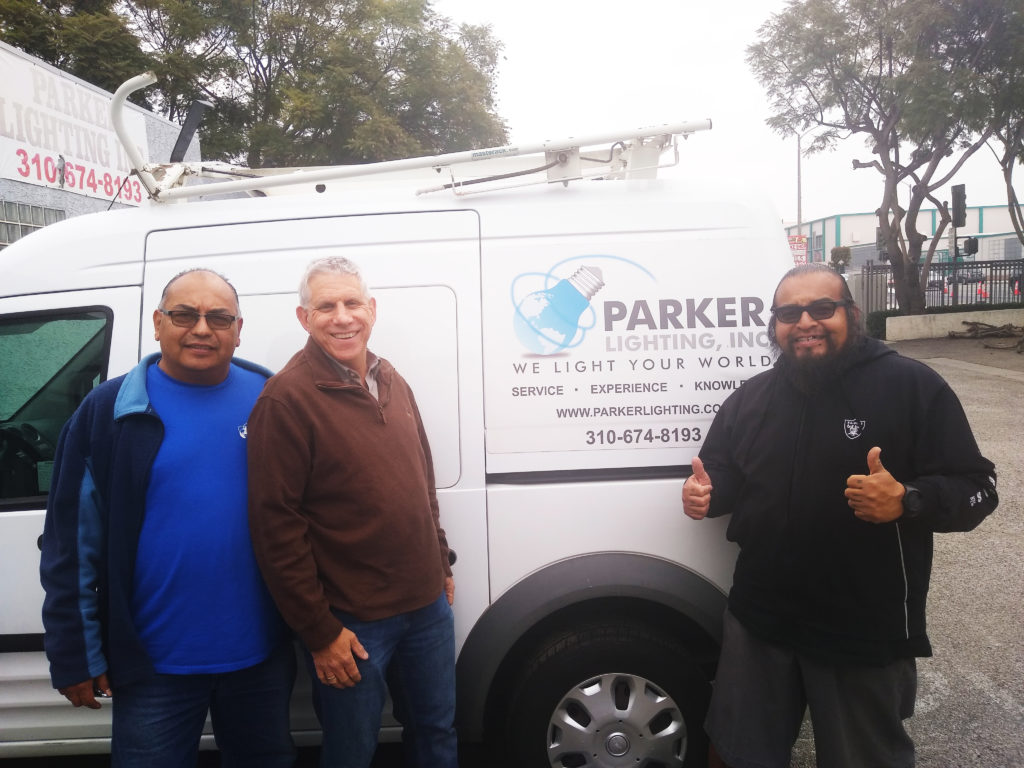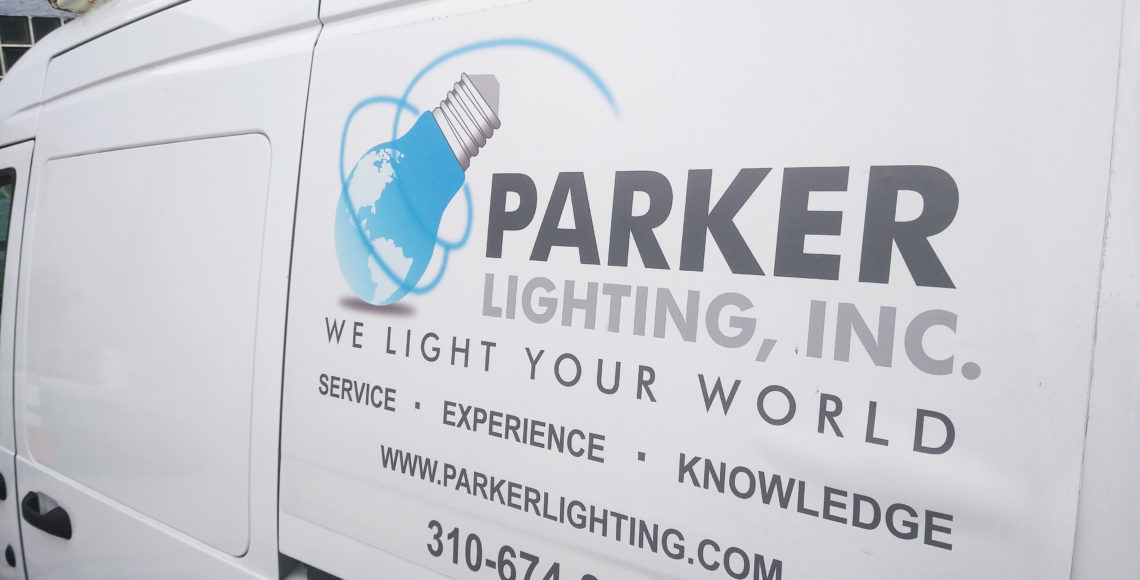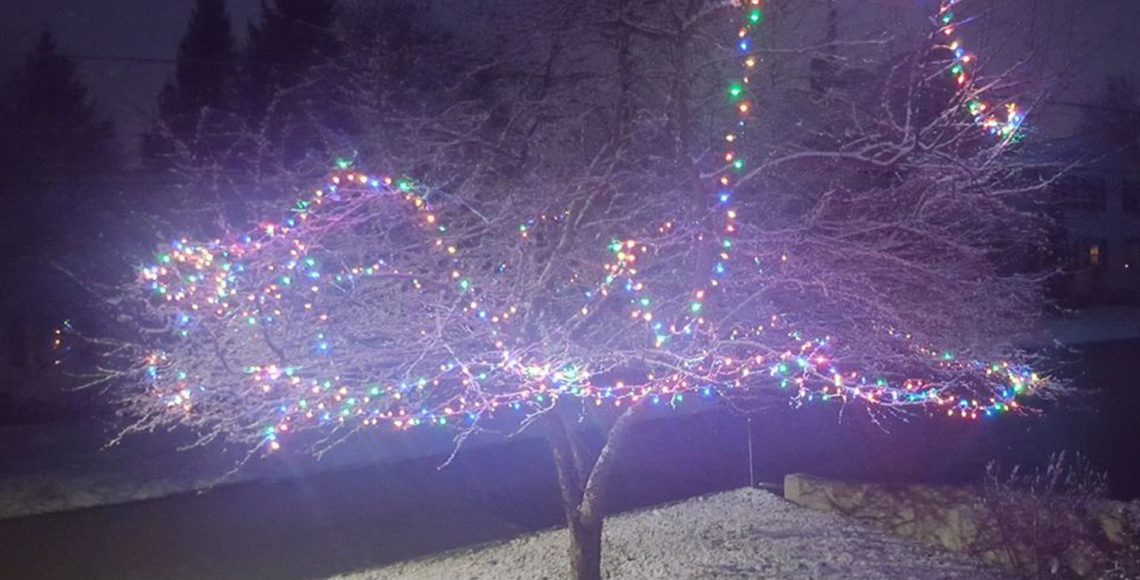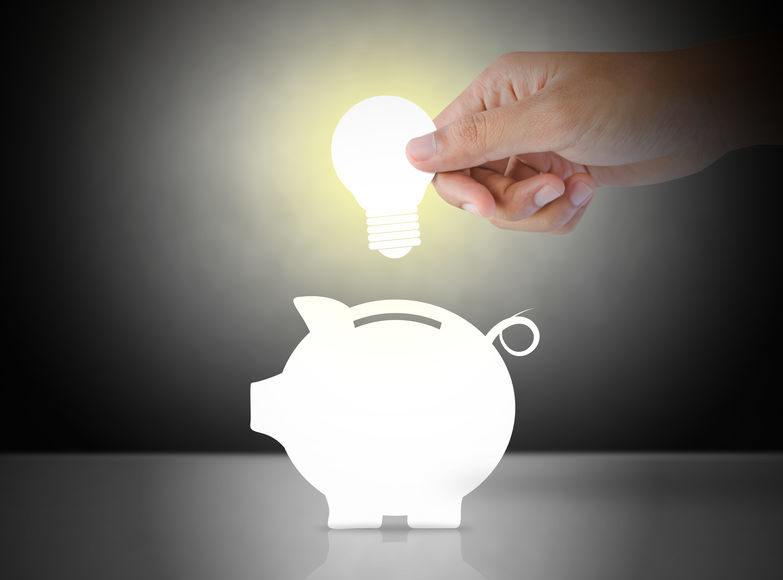5 Reasons Businesses Love to Partner with Parker Lighting
Do you feel like lighting is throwing a wrench in your project schedule and you’re scrambling to get a lighting package engineered? And after review, you found the package doesn’t quite meet the original design intent?
There’s another way to do lighting.

By working with a Parker Lighting early in the design process, you can avoid the value engineering crunch altogether and still come out ahead on your budget. Even more, you can be confident that the final product will be more consistent and on-brand across your projects. Parker Lighting are specialists, supporting the architect’s efforts to deliver the kind of space the customer envisions, and ensuring the space is properly illuminated and compliant with code.
What does Parkerlighting do when designing my lighting project?
What exactly do we do? With a horde of different people involved in your national new construction or remodel projects, you might be wondering if Parker Lighting is worth it and how we differ from other people in the process.
Think of Parker Lighting as someone who helps close the communication loop on design, specification, and installation of lighting for your project. We have an advanced understanding of the technology behind the products you’re considering and sophisticated tools. This allows us to make sure your design is meeting your aesthetic requirements and the appropriate code requirements. (If you’ve had to deal with Title 24, you know how critical this can be.
At the end of the day, on every project and prototype, someone is specifying the lighting. Who specified it for the last design you did? Did you get the results you wanted for the price you budgeted?
Boiling it down, here are three of the greatest contributions a lighting designer can make:
- Meet the customer’s needs
Parker Lighting establishes the performance of the proposed lighting scheme before a single item is purchased and installed.Using tools like AutoCAD, AGI32, and Revit combined with IES files from reputable lighting manufacturers, lighting designers’ model and compare the performance of different specification options.The photometric studies and 3D renderings help to eliminate the surprise of walking into a completed project that feels too dim, has dark corners, or seems to generally miss the design intent. It also helps you to avoid situations when the lighting package is “over-designed.” - Meet the customer’s budget and timeline
Parker Lighting gathers lead times and firm quotes to ensure budget and timeliness from the start. It doesn’t get much worse than getting a lighting specification dialed in, just to hear a lighting distributor say the lead time is 12 weeks (after your project is supposed to be complete).
Involving Parker Lighting ensures that you have preset budget costs and lead times for lighting specifications so you don’t end up with late-in-the-game surprises. Our team works closely together to accurately forecast lead times and gauge stock levels.
We also draw from a wide range of manufacturers to ensure that you get the best performance, lead times, and pricing for your projects. - Follow through
Parker Lighting ensures the lighting ultimately installed in your space is consistent with your brand and vision. One of the essential components of a great lighting specification is the ability to scale to multiple locations, reduce maintenance headaches, and ensure brand consistency. We have extensive knowledge of how to manipulate light paired with the practical wisdom on how to make lighting systems reliable and easy to maintain.
We are ready to serve you!
What’s the ROI of working with a Parker Lighting?
There are a few ways to estimate the return on investment of using Parker Lighting for your project.
Material savings
If you work with a lighting designer that has relationships with a wide range of reputable manufacturers, they’ll be able to source the perfect product for your application at the most cost-effective price. You’ll find yourself saving a great deal on material savings by partnering with a lighting designer to find a solution that solves all of your problems.
Energy and maintenance savings
Parker Lighting are also experts in optimizing lighting specifications for maximum efficiency and ease of maintenance. Consider the long-term savings that you could gain through the right lighting.
Project efficiency
Although it’s hard to estimate the financial impact of a more efficiently run project, the reduced stress isn’t hard to imagine. As someone who has overseen multiple new construction rollouts or national retrofits, you’ll be able to see the difference in the fluid communication and reduced surprises on projects involving Parker.
Brand consistency and design intent
Matching the overall design intent is another way to measure the ROI of using a lighting designer. This is another benefit that’s difficult to measure in financial impact, but a consistent brand presented to your customer or tenants makes your business more trustworthy and attractive. That’s an important win.
Increased sales from good lighting
Though study after study shows that quality lighting makes a difference to shoppers, lighting remains one of those things that is often taken for granted. It’s sort of like cell phone service or drinking water.
It’s not something most people pay attention to unless it’s off.
Just like cellular networks and purified drinking water, details matter in lighting. Ensuring a cell signal isn’t spotty or that the total dissolved soluble content of water is palatable is a science. And it’s pretty easy to mess up.
With lighting, mistakes rarely go unnoticed. And even the less-noticed ones can have a trickle-down effect on sales. The job of the lighting designer is to help you avoid such oversights, ensuring your lighting is sharp, consistent, and right for your brand – putting your product in the best possible light, rather than merely illuminating the space around it.








